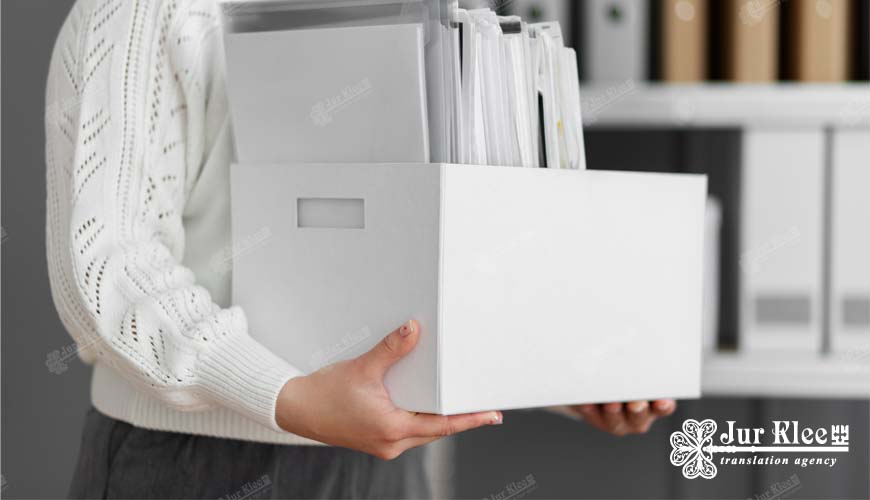
Requirements for formatting translated documents: ensuring accuracy and professionalism
When it comes to document translation, it is important not only to ensure that the text is translated accurately, but also to format the translated document correctly so that it meets the expectations and standards of the target audience. Formatting plays a key role in ensuring that a document is readable, professional-looking, and meets the requirements set by government agencies, educational institutions or other organizations. In addition, proper formatting helps maintain structure and hierarchy of information, which is especially important for legal, technical and scientific documents, where accuracy and clarity of presentation can be critical.
Preserving the original document structure
Pages and paragraphs: The format of pages and paragraphs in the translated document should be as close as possible to the original. This makes it easier to compare the translated document with the source one and helps avoid confusion when reading the document.
Fonts and emphasis: The use of fonts, text sizes and emphasis (bold text, italics) should be consistent with the source document. Particular attention should be paid to specialized or technical documents, where formatting may provide additional information.
Adhering to specific requirements: Many organizations and institutions have clear guidelines for document formatting, including margins, spacing, page numbers and the use of headings. Before you start translating, it is important to familiarize yourself with these requirements and strictly adhere to them.
Consideration of formatting requirements: Some documents may have special formatting requirements, such as notarization, seals or stamps. It is important to ensure that all of these elements are reproduced correctly in the translated document.
Cleanliness and neatness: The translated document should look neat and professional. This includes the absence of typos, grammatical and punctuation errors, and the correct placement of text and images.
Visual compatibility: The visual aspect of a document plays an important role in its perception. Formatting should be easy to read and visually consistent with the original, which is especially important for documents that contain tables, graphs or other visual elements.
Correct formatting of translated documents is just as important as the accuracy of translation. It provides professionalism, simplifies interaction with the document, and helps avoid misunderstandings. At Jur Klee, we place great importance on translation quality and document formatting, providing our clients with high-quality translation services.
